THE FUNCTION OF THE CORE

Today, we’re diving into the world of core training, a topic near and dear to our hearts. Core strength is foundational to nearly every movement we perform, and mastering it can unlock a world of performance gains. In this discussion, we’ll focus on a crucial yet often overlooked aspect of core training: pelvic tilt.
MAKE SURE TO WATCH THE FULL VIDEO TO GET ALL THE DETAILS 👇
Understanding pelvic tilt and its impact on core function is key to designing effective workouts tailored to individual needs. So, let’s delve into the secrets of pelvic tilt and explore how we can optimize core training for superior strength, stability, and overall performance.
Understanding Pelvic Tilt:
Now, let’s talk pelvic tilt. It’s the secret sauce of core training, the key that unlocks optimal performance. Picture this: your pelvis is like the foundation of a building. If it’s tilted too far forward or backward, the whole structure becomes unstable. That’s where we come in.
Whether you’re dealing with an anterior pelvic tilt, where the pelvis tips forward, or a posterior tilt, where it tilts backward, mastering pelvic alignment is crucial for core strength and stability. But here’s the thing: many people struggle to control their pelvic position, leading to compensations and inefficiencies in their workouts.
ARE YOU PASSIONATE ABOUT TRAINING AND WANT A CAREER IN THE FIELD?
Tailoring Core Exercises:
So, how do we tackle this challenge? Simple – by customizing core exercises to suit each individual’s unique needs. Take the plank, for example. It’s a staple in any core routine, but did you know you can adjust it to target specific pelvic tilt patterns?
For someone with an anterior pelvic tilt, we might cue them to engage their abdominals and gently tuck their tailbone, promoting a more neutral pelvis position. Conversely, for those with a posterior tilt, we might encourage them to lift their hips slightly, engaging their glutes and lower back muscles to counteract the tilt.
Progression and Complexity:
But we don’t stop there, we like to keep things interesting! Once our clients have mastered the basics, it’s time to up the ante with more dynamic and challenging exercises. That’s where carries come into play.
Picture this: you’re walking across the gym floor, kettlebells in hand, core engaged, and every step is a testament to your strength and stability. That’s the power of carries – they not only build core strength but also improve posture, grip strength, and overall athleticism.
And let’s not forget about progression. As our clients grow stronger and more proficient in their core training, we can gradually increase the difficulty by adding weight or introducing new variations..
In conclusion, core training is an art form, a science, and everything in between. By understanding the role of pelvic tilt and tailoring our exercises accordingly, we can help our clients achieve optimal core strength, stability, and performance.
So, whether you’re a seasoned trainer or just starting out on your fitness journey, remember this: when it comes to core training, it’s not about how many reps you do or how much weight you lift. It’s about quality over quantity, precision over brute force, and above all, empowering our clients to move better, feel better, and live better.




Responses